Edições Impressas
13 de junho de 2023
How are cartoons made? – Level 3
Article published in Joca 207
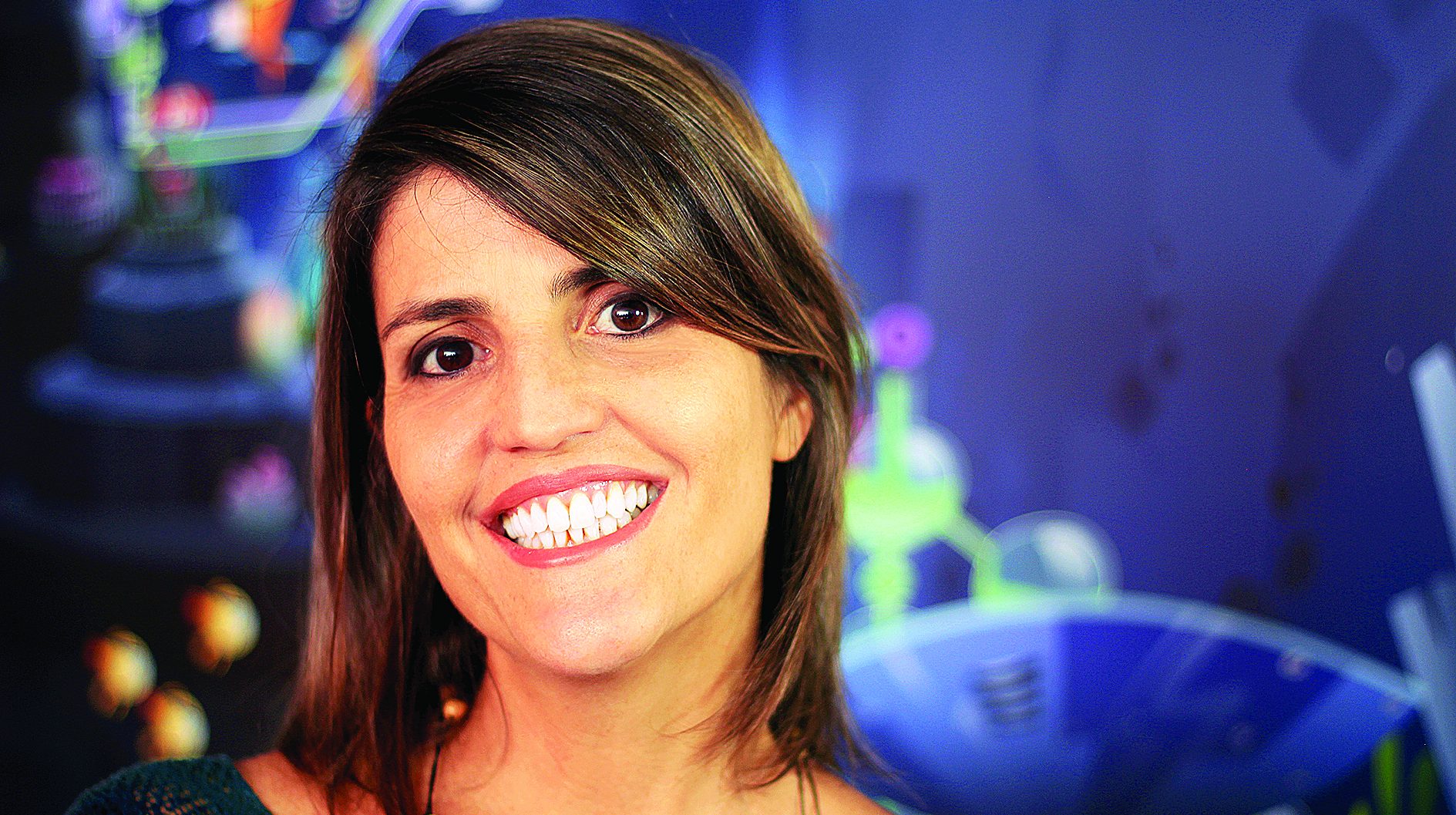
Making animation films is a slow process, involving diffferent professionals and requiring time and patience. To develop cartoons including Peixonauta (2009) and O Show da Luna (2014), for example, creators Celia Catunda and Kiko Mistrorigo faced a long path, until they were able to sell their productions not only in Brazil, but in several countries.
To find out more about the creation process of an animated cartoon, 10-yearold Theo M. a participant of Clube do Joca, talked to Celia.
What did you study and where?
Even before college, I wanted to make animated cartoons. But at that time, I think they did not have courses like that in Brazil. So, I started to study architecture at the University of São Paulo (USP), since I had to study at some university. But then I noticed that the architecture students had to spend the whole day in college and couldn’t do anything else. Then I left and did the USP degree in Radio and Television. It was cool, but at the same time hard, because there were no courses on animated cartoons. Since there was no Youtube at that time nor any online courses, I started to buy books to learn how to make an animated cartoon, some of them had exercises, and even fl ip books (illustrated books that, when leafed through quickly, give the impression that the drawings are moving). I also got a Super 8 movie camera (an old-style camera) to do animation tests.
How did you get your cartoons into other countries?
When I decided to do animated cartoons, I noticed that there weren’t many Brazilian series on TV, because to get into TV you have to have many episodes, it has to be a major production, and that is very expensive. Then I started to look for production companies outside of Brazil to work with me, because at the time no one would buy cartoons here in Brazil. After that I started to take part in events out there to meet these buyers, and I noticed that, despite the world being big, the number of companies that bought animated cartoons were not that many. Then, several TV channels started becoming interested in Peixonauta, especially because it is about sustainability. After I started selling to Discovery Kids, a well-known channel, channels in other countries became interested and bought in too.
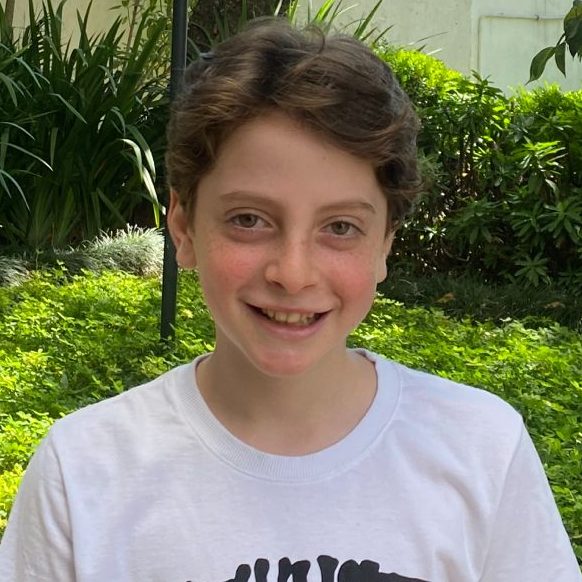
What is the creation process of an animated cartoon?
The production of an animated cartoon is very well planned. Unlike a YouTube video or even many movies with real people, which sometimes incorporate what happens during a shoot, in an animated cartoon we don’t want to do anything that will have to be changed later, because that takes a lot of work. Everything starts with the synopsis of the story, and after it is approved, we move to the script which can have several versions until it is approved. This text is transformed into a visual version called a storyboard, as if it were a comic strip. We record the sounds and make a video with these drawings, called an Animatic, like a draft of the final version of the movie. What is cool about this movie draft is that you can get a feeling whether the story works or if there is some idea that is not clear, and then we can fix it. In the end, we put everything together and go through one more revision and approval stage. After that, we do post-production, which is when we add effects, dubbing, and music.
Have you ever thought about making a cartoon on other topics like racism, diversity, or prejudice?
I have already thought about it, but I didn’t get to do a production that was just about one of these topics. We try to include these topics in the episodes and character representation. In Luna na Escola, for example, a series about Luna for younger children, one of her friends is in a wheelchair and, throughout the series, there are a few topics about inclusion. However, I still want to do a series that will deal with these topics more directly, perhaps with a main character that would be even better, right?
Yes, nowadays there is a lot of that, and I think it is very important. On a different topic, what do you think of the Disney cartoons?
Well, I think they teach a few things, always with a touch of magic and fantasy. It is very typical of them. I think that Disney has also changed a lot. The more recent movies have tried to make room for new narratives, especially for girls. Earlier, there was the princess style, which I didn’t like, because it was as if most female characters were always waiting for a prince, a very outdated view. And today we have warrior heroines, who want to conquer something.
Ixi! Você bateu no paywall!
Ainda não é assinante? Assine agora e tenha acesso ilimitado ao conteúdo do Joca.
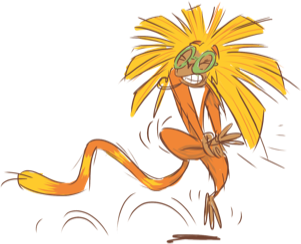
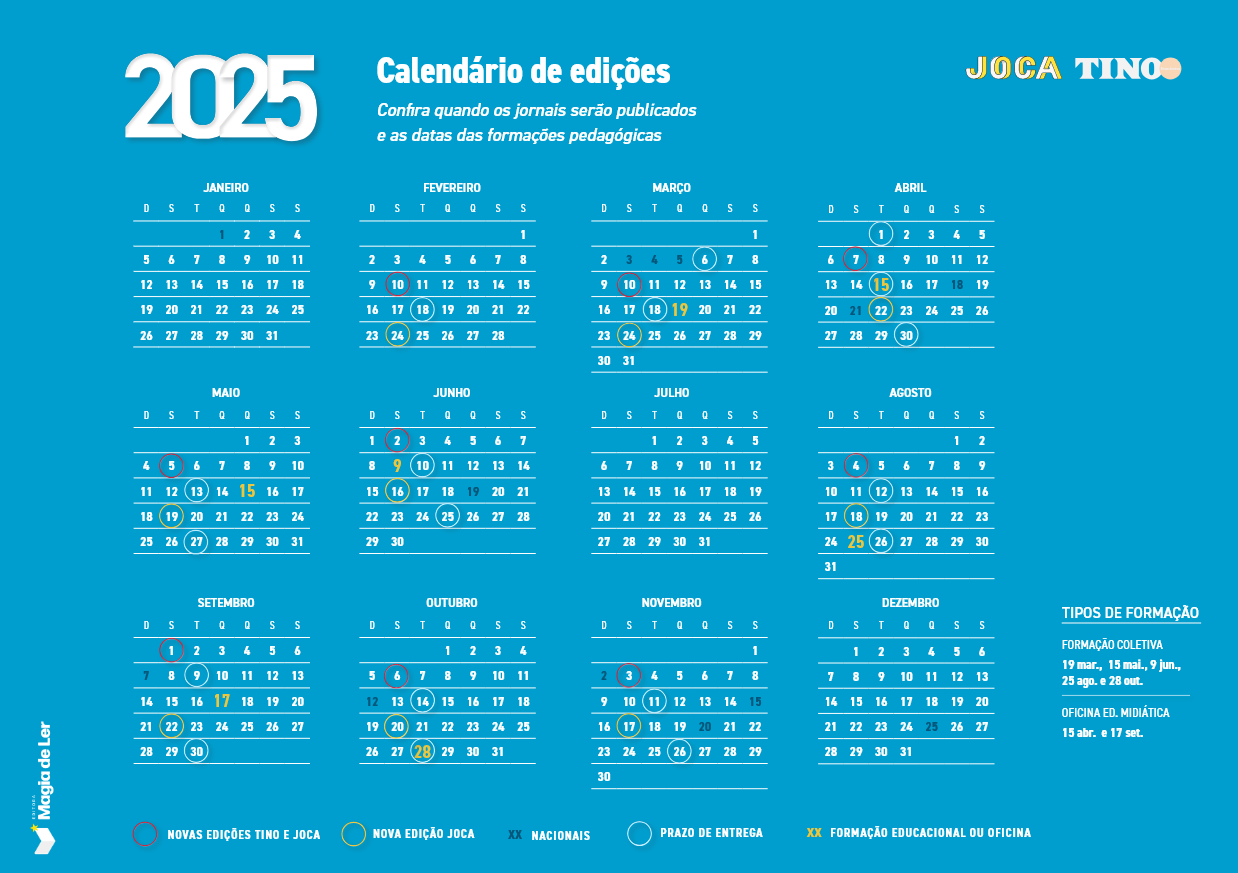
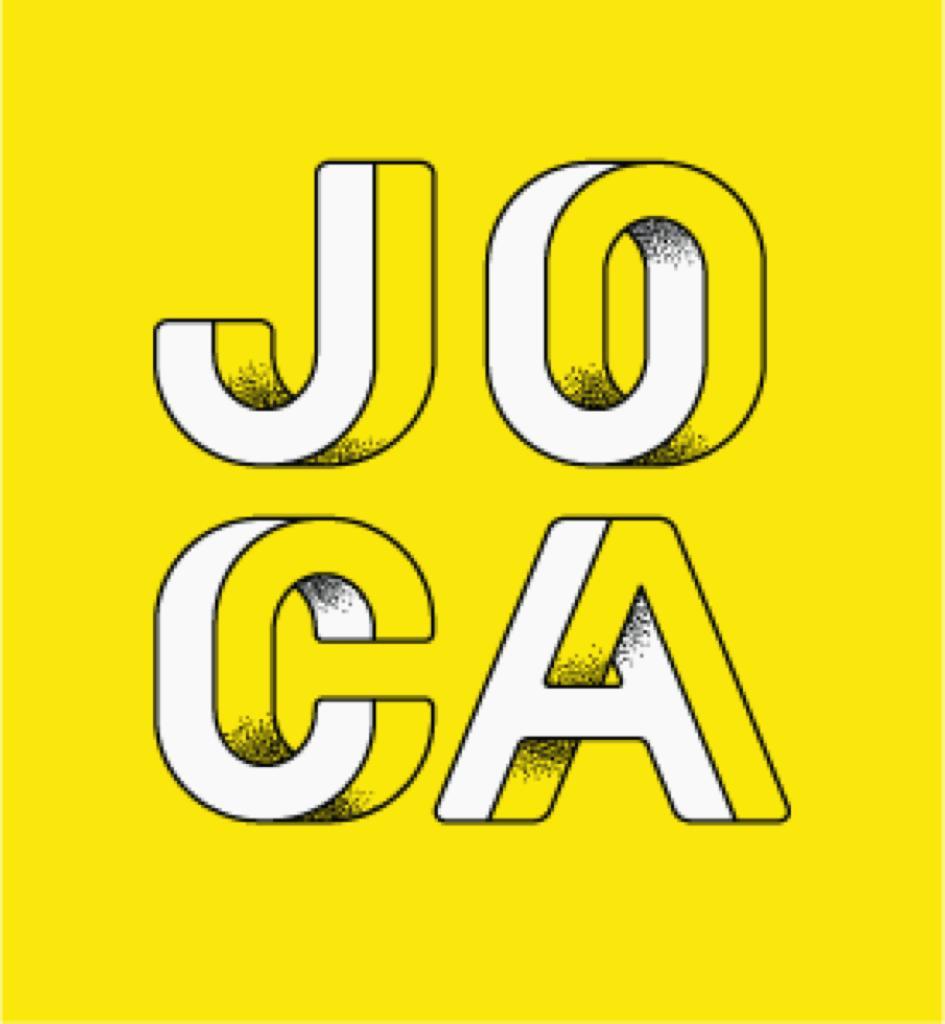


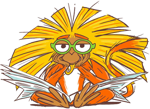
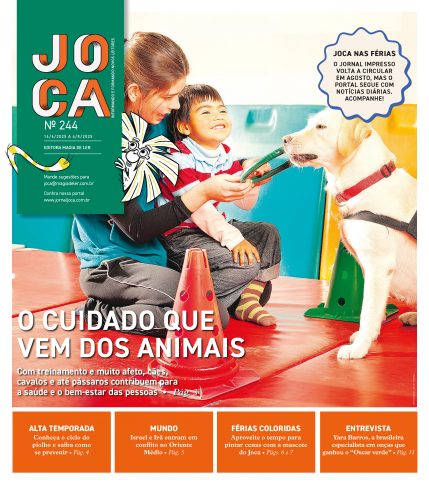
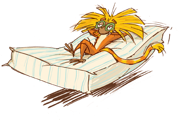
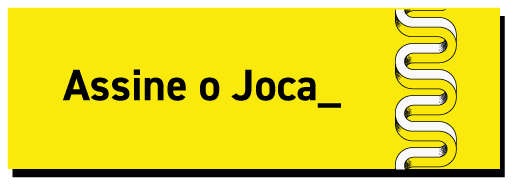
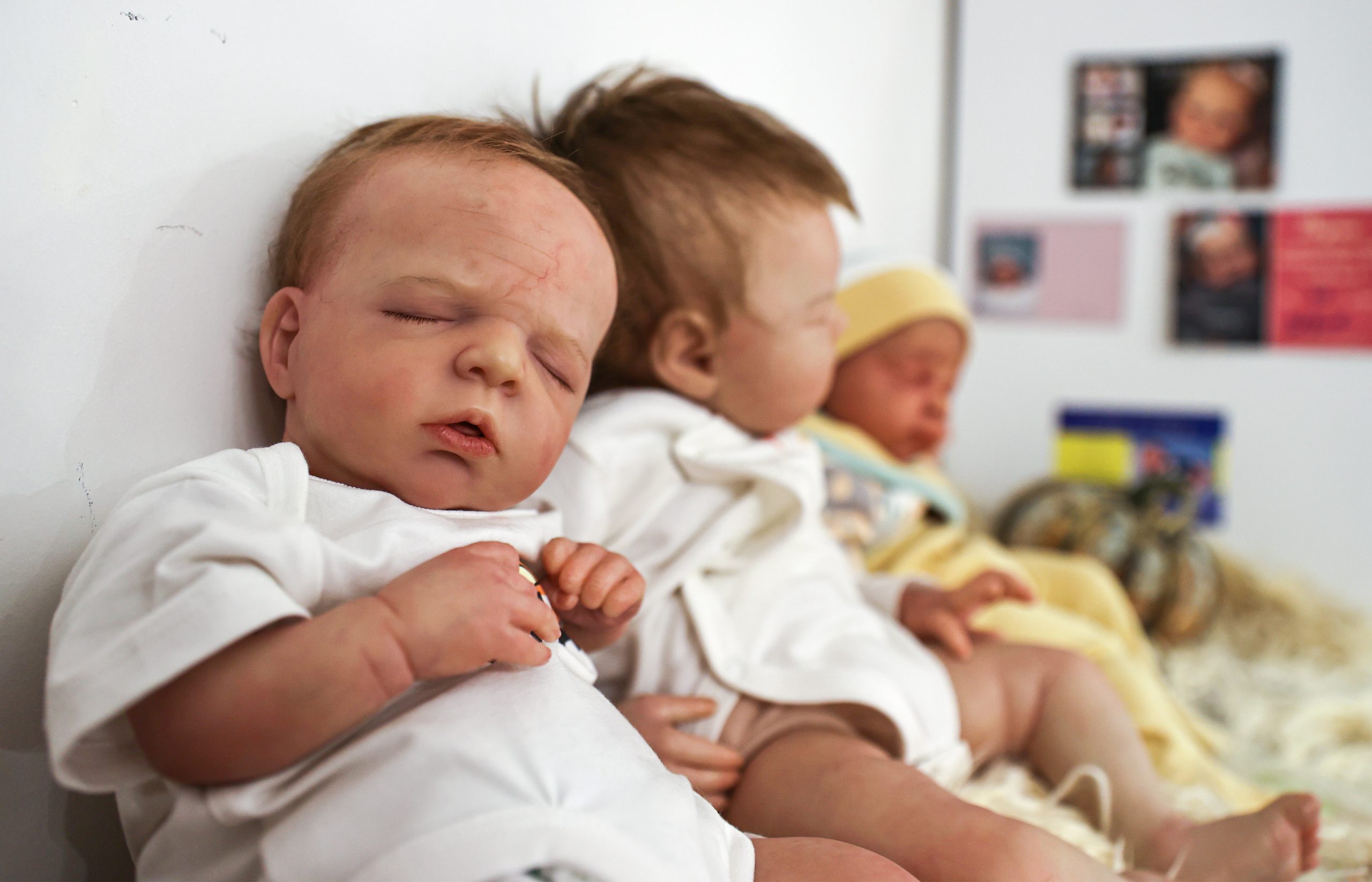
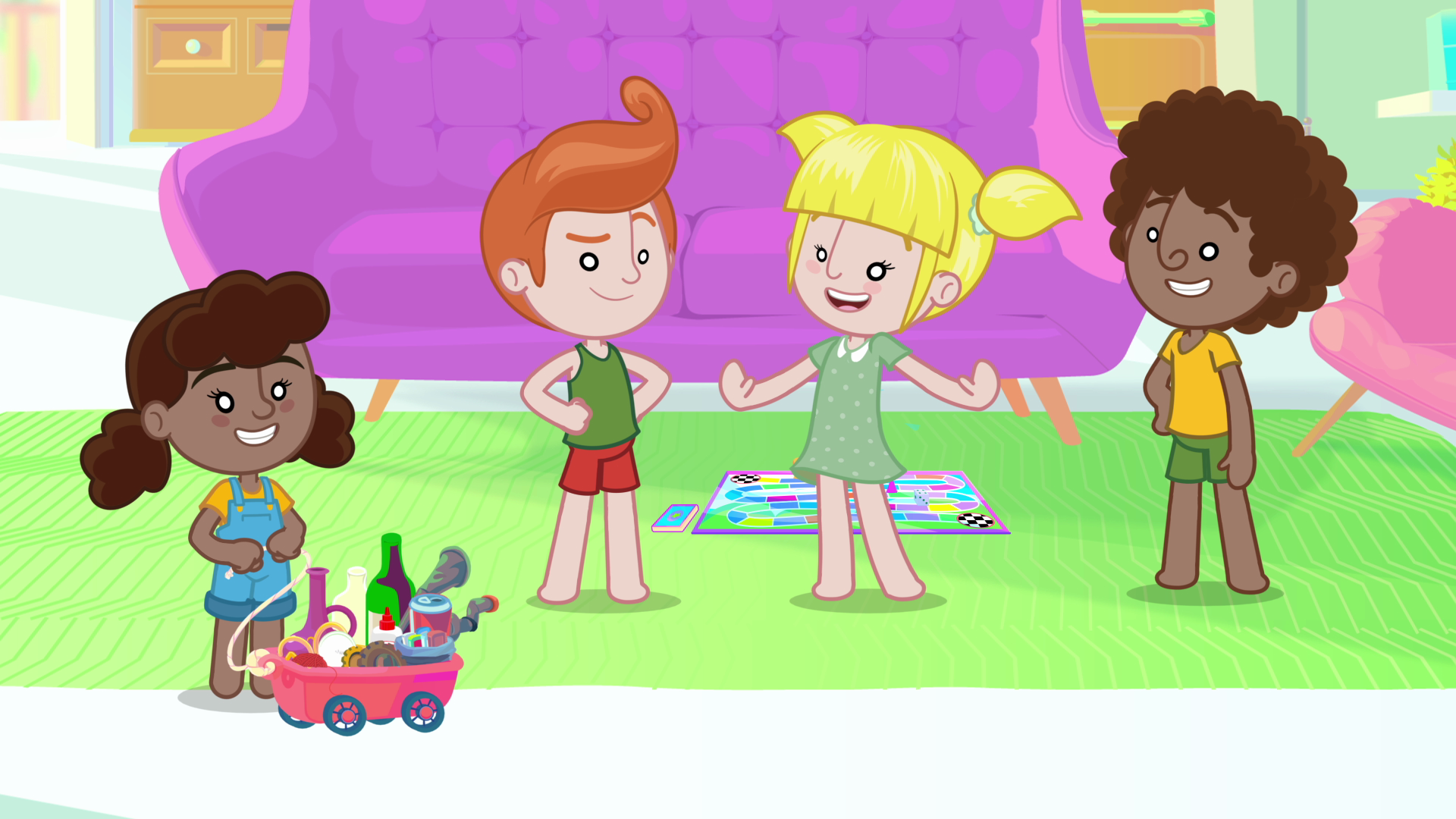
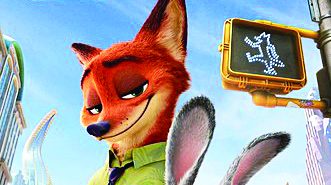
Você precisa fazer o login para publicar um comentário.